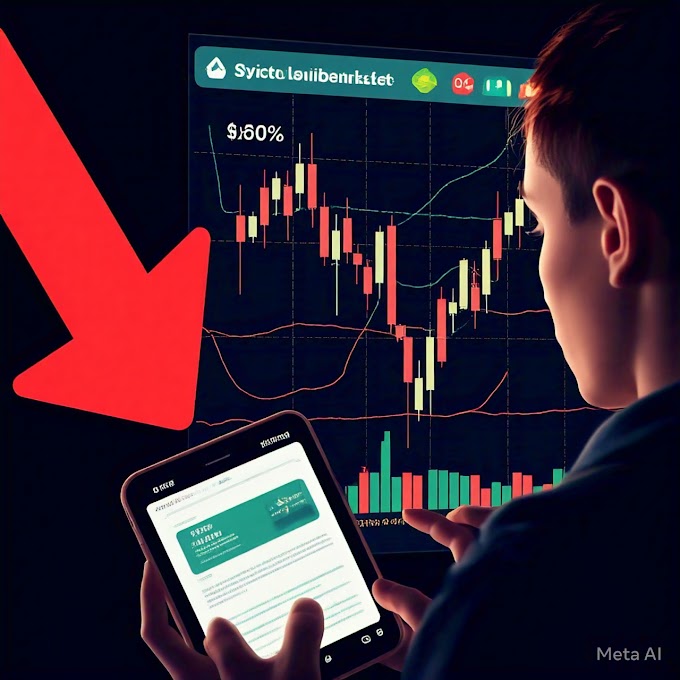Table of Contents:
Introduction
The Impact of Tether's Delisting
Ripple's RL USD and Its Role in the Stablecoin Market
XRP Ledger Decentralization: Nodes and Validators
Incentives for Decentralization
The Ripple Advantage in Regulatory Compliance
Tether’s Strategy and Its Implications
XRP’s Role in Liquidity and Stability
Frequently Asked Questions (FAQs)
Conclusion
1. Introduction
Tomorrow marks a significant milestone in the cryptocurrency world as Tether, one of the largest stablecoins, is officially delisted. This event paves the way for Ripple’s RL USD to emerge as a key player in the stablecoin ecosystem. This article explores the impact of this shift on XRP, the technology supporting the XRP Ledger, and why these developments could redefine the future of stablecoins.
2. The Impact of Tether's Delisting
Tether’s delisting is a consequence of its inability to meet the stringent regulatory requirements set by MiCA (Markets in Crypto-Assets). This opens a gap in the market for compliant stablecoins like RL USD. Without regulatory compliance, Tether’s utility in major financial markets diminishes, creating opportunities for competitors like Ripple to step in.
3. Ripple's RL USD and Its Role in the Stablecoin Market
RL USD is positioned to fill the void left by Tether. Ripple has spent years collaborating with banks and governments to ensure regulatory compliance, making RL USD a trusted stablecoin for institutions. Its integration into the XRP Ledger enhances its appeal, as the ledger’s robust infrastructure facilitates efficient, scalable transactions.
4. XRP Ledger Decentralization: Nodes and Validators
The XRP Ledger has seen rapid growth in its network of nodes and validators, crucial for its decentralization and security. In the past week alone, nearly 20 new validators have been added, bringing the total close to 800. A decentralized ledger ensures resilience and trust, especially as XRP aims to underpin global financial systems.
5. Incentives for Decentralization
Unlike Bitcoin, where miners are financially rewarded, XRP Ledger relies on its inherent utility to incentivize participation. While running a validator requires technical expertise, tools like Top Node now make it easier for users to contribute to the network’s growth, even without coding skills.
6. The Ripple Advantage in Regulatory Compliance
Ripple’s adherence to global regulatory standards positions it uniquely in the stablecoin market. RL USD’s compliance with MiCA and other regulations assures institutions of its legitimacy. This trust is vital for adoption by large enterprises and governments, paving the way for broader integration into financial markets.
7. Tether’s Strategy and Its Implications
Tether’s decision to invest in other stablecoins instead of achieving compliance raises questions about its long-term strategy. By focusing on unregulated markets, Tether risks marginalization as institutions increasingly prioritize compliant digital assets. This shift underscores the growing importance of stablecoins that meet regulatory standards.
8. XRP’s Role in Liquidity and Stability
The XRP Ledger’s automated market makers (AMMs) enhance liquidity by locking up XRP in pools to facilitate transactions. As RL USD gains traction, more XRP will be required to maintain liquidity, driving demand for the token. This mechanism strengthens the ecosystem, ensuring seamless transactions across various assets.
9. Frequently Asked Questions (FAQs)
Q1: Why is Tether being delisted?
Tether is being delisted due to its inability to meet MiCA’s regulatory standards, which are essential for operating in major financial markets.
Q2: What is RL USD?
RL USD is Ripple’s compliant stablecoin designed to meet global regulatory requirements and serve institutional needs.
Q3: How does the XRP Ledger ensure decentralization?
The XRP Ledger achieves decentralization through a growing network of validators and nodes, supported by participants who value its resilience and scalability.
Q4: How does XRP benefit from RL USD?
RL USD’s adoption increases demand for XRP as it serves as the liquidity provider within the XRP Ledger’s ecosystem.
Q5: Is Tether’s delisting the end of its dominance?
While Tether will likely continue operating in unregulated markets, its role in mainstream financial systems may diminish, allowing competitors like RL USD to rise.
10. Conclusion
Tether’s delisting signals a paradigm shift in the stablecoin market. Ripple’s RL USD, backed by regulatory compliance and a robust infrastructure, is well-positioned to capitalize on this opportunity. As institutions gravitate toward compliant solutions, XRP’s role in providing liquidity will grow, reinforcing its value and utility. These developments mark the beginning of a new era for stablecoins, with Ripple and XRP at the forefront.



.png)




